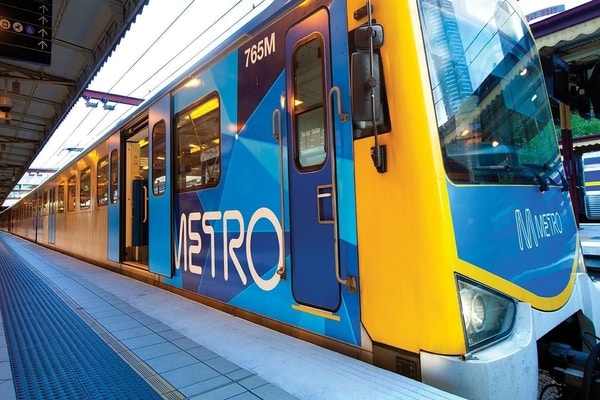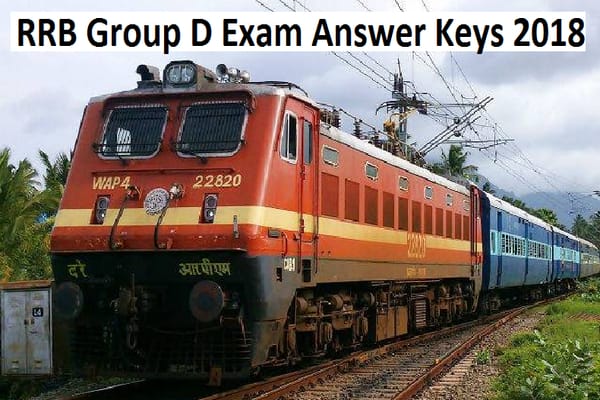Metro train passengers within the country will currently carry a heavier bag because the weight limit has been exaggerated to twenty five kilo from fifteen kilo.
According to the principles notified by the Union Housing and urban Affairs Ministry on August 27, just one bag weighing up to twenty five kilo is allowed and baggage in the kind of bundles won’t not permitted on metro trains.
The government has amended the metro Railways (Carriage and Ticket) Rules.
“No person shall, whereas traveling in metro railway, carry with him any goods apart from one baggage containing personal belongings not exceeding 80 centimetres x 50 centimetres x thirty centimetres in size and twenty five kilograms in gross weight, except with previous approval of the metro railway administration,” the notification expressed.
For dedicated railroad trains to airports, the Ministry has additionally allowed one bag deliberation up to thirty two kilograms. Baggage within the kind of bundles will not be allowed on airport metro trains.
“In case of a passionate railroad line for airport association, no one shall, whereas traveling in metro railway, carry with him any goods apart from 2 baggages containing personal belongings not prodigious ninety centimetres x seventy five centimetres x forty five centimetres in size and thirty two kilograms in gross weight, except with previous approval of the metro railway administration…” it added.

HISTORY OF METRO TRAINS:
There are currently 13 operational rapid transit (also called ‘metro’) systems in 18 cities in India. As of March 2019, India has 638.91 kilometres of operational metro lines and 496 stations. A further 500+ km of lines are under construction. Metro rail lines in India are composed of mainly standard gauge. Projects like the Kolkata Metro and Delhi Metro used broad gauge for their earliest lines but all new projects in India are on standard gauge as rolling stock imported is of standard gauge.
Apart from the Kolkata metro (which forms its own zone of Indian Railways), these rapid transit metro lines are not operated by Indian Railways but by separate local authorities. In addition to their metro systems, the cities of Chennai and Hyderabad have mass transit systems operated by the Indian Railways, known as the Chennai MRTS and the Hyderabad MMTS, respectively.
The first rapid transit system in India is the Kolkata Metro, which started operations in 1984. The Delhi Metro has the largest network in the entire country. The newest metro opened is Nagpur Metro on 8 March 2019.Metro train passengers increased daily as said by dmrc.
In 2006, the National Urban Transport Policy proposed the construction of a metro rail system in every city with a population of 20 lakh (2 million). On 11 August 2014, Union Government announced that it would provide financial assistance, for the implementation of a metro rail system, to all Indian cities having a population of more than 1 million.
In May 2015, the Union Government approved the Union Urban Development Ministry’s proposal to implement metro rail systems in 50 cities.
The majority of the planned projects will be implemented through special purpose vehicles, which will be established as 50:50 joint ventures between the Union and respective State Government. The Union Government will invest an estimated ₹5 lakh crore (US$72 billion).
In a new draft policy unveiled in March 2017, the Central Government stated that it wanted state governments to consider metro rail as the “last option” and implement it only after considering all other possible mass rapid transit systems.
The decision was taken due to the high cost of constructing metro rail systems. In August 2017, the Union Government announced that it would not provide financial assistance to new metro rail project, unless some sort of private partnership is involved.











